Cocula
Manuel L. Corcuera y Luna was born in Guadalajara on 9 March 1844 and died in Guadalajara in 1908. He married Concepción Palomar y García-Sancho, the daughter of José María Palomar y Rueda, a successful businessman and, in 1853, governor of Jalisco. Concepción was born in Guadalajara in 1846 and died in Guadalajara in 1924. She was a notable socialiteIn 1885 a national newspaper could print the following panegyric:
Es noble y distinguida, sencilla y elegante,
Y reina entre las bellas con dulce majestad:
De vírgen de Murillo, parece su semblante,
Su fina cabellera sedosa y ondulante
Cual rico marco encierra su mágica beldad.
Si es reina en los salones amable y majestuosa,
En el hogar es ángel, del cielo descendió:
Fue una hija incomparable, hermana cariñosa,
Modelo el más perfecto de casta y fiel esposa;
La amiga más amable que la amistad formó.
Rodeada de sus hijos ¡preciosos pequeñuelos!
Parece el blanco lirio que luce en el jardín;
Vírgen entre querubes bajados de los cielos,
Conságrales constante su vida y sus desvelos;
Su amor es infinito, su abnegacion sin fin.
De delicado oriente la perla más preciosa,
Que en rica y blanca concha formó el potente mar:
Fué del hogar paterno la joya más valiosa;
Del alma de su esposo la reina poderosa;
La paz y santa dicha de su tranquilo hogar.
Bendita una y mil veces tan bella y leal señora;
Sus padres desde el cielo, la cuidan con amor;
La sociedad la aclama su perla encantadora;
Del jardín jalisciense, que un nuevo sol hoy dora,
La reina de las rosas, la más fragante flor. (El Nacional, 29 March 1885)
I am sure the workers on her estate appreciated this..
They had the following children: José María Juan, Manuel María Eusebio; Carlos, Pedro, Enrique, Pablo, José Ignacio, Juan Nepomuceno, and Elena, María Concepción, Virginia and Tana.
Whilst the family retained houses in Guadalajara they owned various haciendas in Cocula.
Hacienda de Estipac
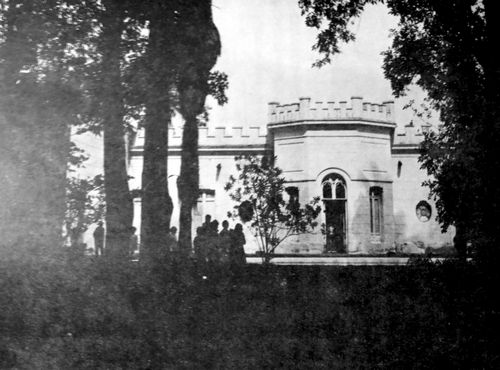
The Hacienda de Estipac, owned by the brothers [ ] and Enrique Corcuera, was a sugar cane plantation and a “fatal hacienda” for those who lived there during the Porfiriato, according to people who lived there, The hacienda was large in extent, and surrounded by high adobe and rock walls. It was divided into two patios (yards): one where the peones lived in their straw huts, and from where no one could go outside after 8:00 p.m. It was forbidden to trespass into the patio where the main buildings were. There was a torreón (watch tower) where guards were stationed in order to watch the peones. Any peon caught trying to escape was shot to death. Only the servants were allowed to go to the main buildings through a door located by the church. The hacendados did not permit strangers on their premises and the foremen (capataces) took care that the peones did their work
Enrique L. Corcuera Palomar was born on 22 March 1877 in Guadalajara and died on 19 December 1957 in Mexico City.
Series 1
The first issue were uniface cartones made by Juan Kaiser on 13 February 1914 of Royal Index Bristol pressboard. Delgado states that they were similiar in design to the second issue, produced by Iguíniz.
| total number |
total value |
||
| 5c | 200 | $10.00 | blue pasteboard |
| 10c | 200 | 20.00 | green pasteboard |
| 400 | $30.00 |
Series 2
The next issue was produced by the printing house of Iguíniz, and so Delgado did not have any production details. These were oblong, measuring c. 61 x 32 mm. with rounded corners.
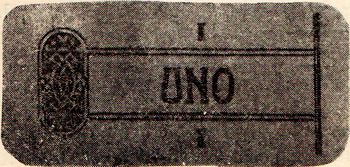 M2760 1c Hacienda de Estipac
M2760 1c Hacienda de Estipac
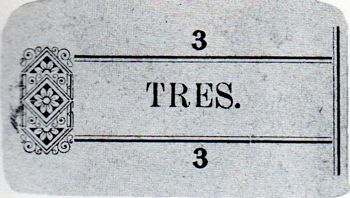 M2761 3c Hacienda de Estipac
M2761 3c Hacienda de Estipac
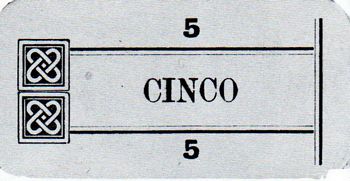
M2762 5c Hacienda de Estipac green pasteboard
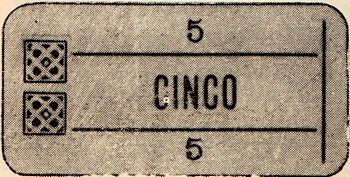
M2762 5c Hacienda de Estipac rose pasteboard
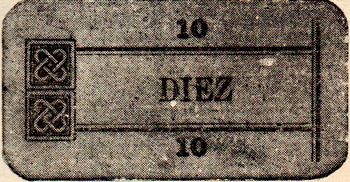
M2763 10c Hacienda de Estipac blue pasteboard
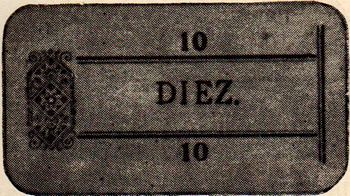
M2763 10c Hacienda de Estipac green pasteboard
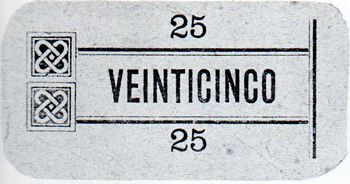 M2764 25c Hacienda de Estipac
M2764 25c Hacienda de Estipac
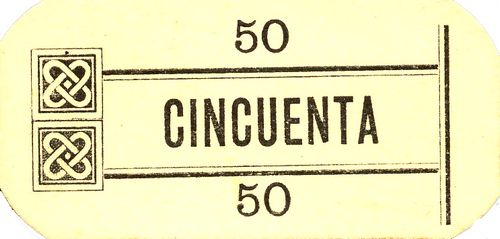 M2765 50c Hacienda de Estipac
M2765 50c Hacienda de Estipac
| total number |
total value |
||
| 1c | orange pasteboard | ||
| 3c | blue pasteboard | ||
| 5c | green pasteboard | ||
| 10c | blue pasteboard | ||
| 25c | white pasteboard | ||
| 50c | yellow pasteboard |
Series 3
Juan Kaiser produced a series, modelo 4737, on 7 May 1914.
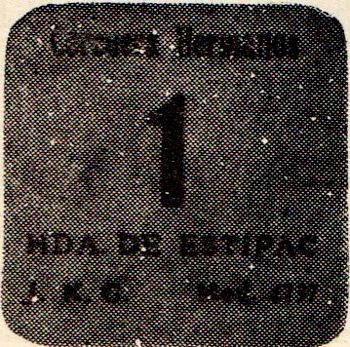 M2772 1c Hacienda de Estipac
M2772 1c Hacienda de Estipac
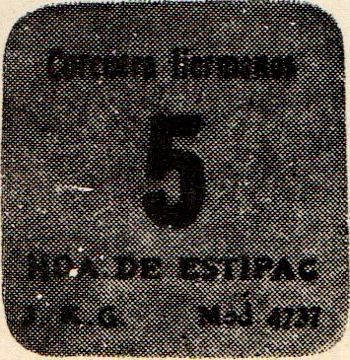 M2773 5c Hacienda de Estipac
M2773 5c Hacienda de Estipac
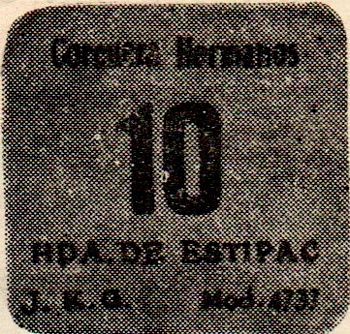 M2774 10c Hacienda de Estipac
M2774 10c Hacienda de Estipac
| total number |
total value |
||
| 1c | 500 | $ 5.00 | |
| 5c | 300 | 15.00 | |
| 10c | 300 | 30.00 | |
| 1,100 | $50.00 |
Series 4
The Casa Litográfica Iguíniz also produced another series, measuring c. 61 x 35 mm.
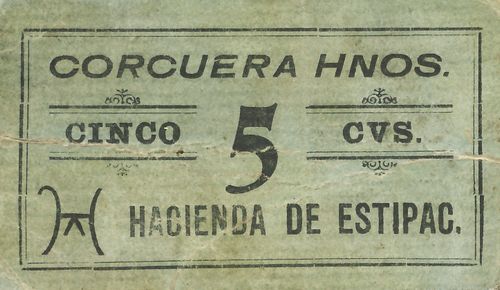 M2767 5c Hacienda de Estipac
M2767 5c Hacienda de Estipac
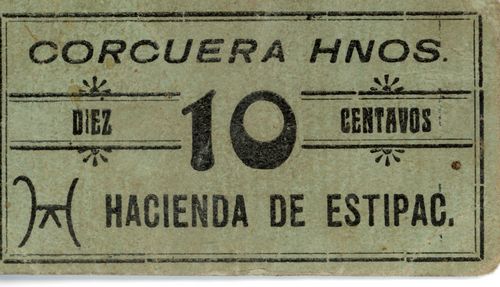
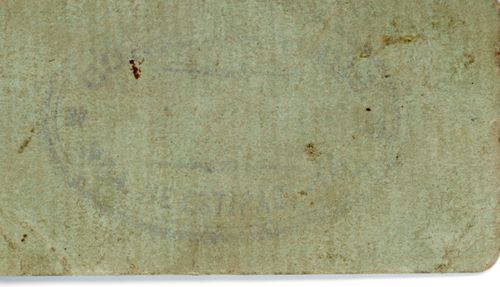 M2768 10c Hacienda de Estipac
M2768 10c Hacienda de Estipac
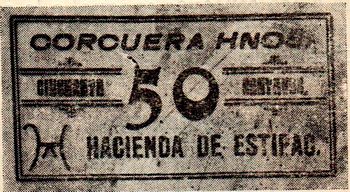 M2769 50c Hacienda de Estipac
M2769 50c Hacienda de Estipac
| total number |
total value |
||
| 5c | |||
| 10c | |||
| 50c | blue pressboard |
Series 5
In late 1915 or in 1916 the hacienda produced 25c, 50c and $1 notes payable in infalsificables. Note that by this time the company is given as Corcuera Hermanos Sucesores.
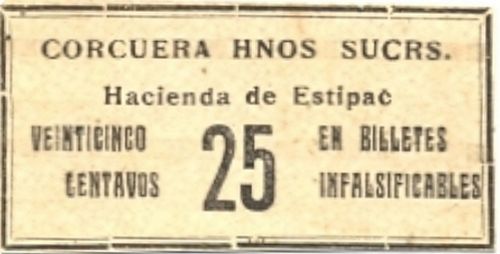 M2775 25c Hacienda de Estipac
M2775 25c Hacienda de Estipac
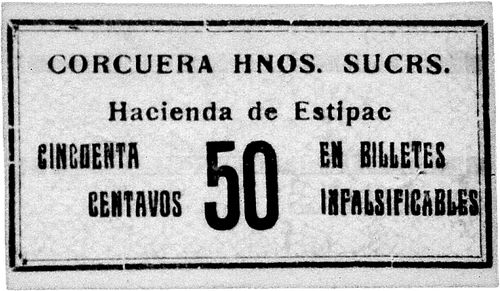 M2776 50c Hacienda de Estipac
M2776 50c Hacienda de Estipac
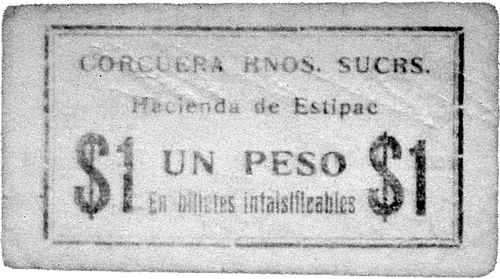 M2777 $1 Hacienda de Estipac
M2777 $1 Hacienda de Estipac
| total number |
total value |
||
| 25c | |||
| 50c | |||
| $1 |
Hacienda de San Miguel
This was owned by Juan L. Corcuera.
José María Juan L. Corcuera Palomar was born in Guadalajara on 17 January 1872 and died in Lausanne, Switzerland on 26 January 1925. He has another hacienda with this name in Ameca.
These were modelo 4664, produced by Juan Kaiser in April 1915.
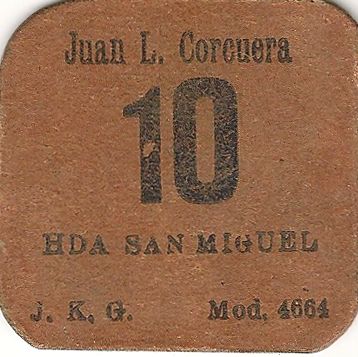 M2445 10c Hacienda de San Miguel
M2445 10c Hacienda de San Miguel
| total number |
total value |
||
| 5c | 500 | $ 25.00 | square brown cartón |
| 10c | 500 | 50.00 | |
| 25c | 500 | 125.00 | |
| 50c | 500 | 250.00 | |
| 100c | 1,000 | 1,000.00 | |
| 3.000 | $1,450.00 |
Hacienda de San Diego
This was owned by Carlos L. Corcuera Palomar.
Carlos L. Corcuera Palomar was born in Guadalajara on 17 March 1874 and died in Guadalajara on 7 December 1945.
Known notes are for 10c, 20c, 50c and $1. The 10c is datestamped 9 January 1916.
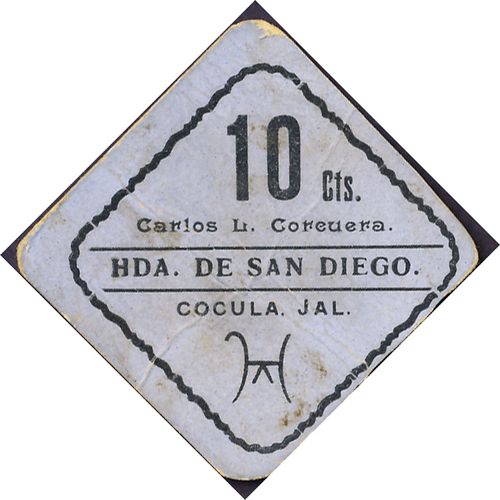
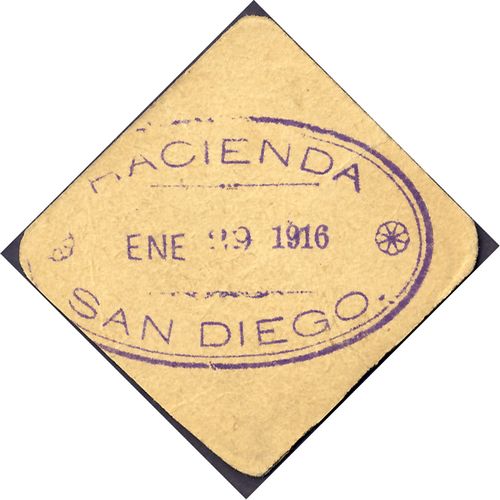 M2451 10c Hacienda de San Diego
M2451 10c Hacienda de San Diego
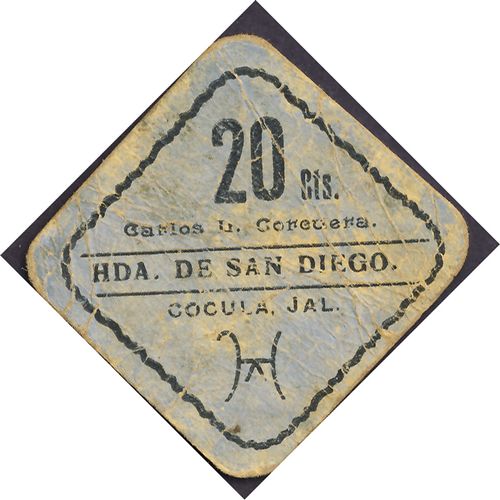 M2452 20c Hacienda de San Diego
M2452 20c Hacienda de San Diego
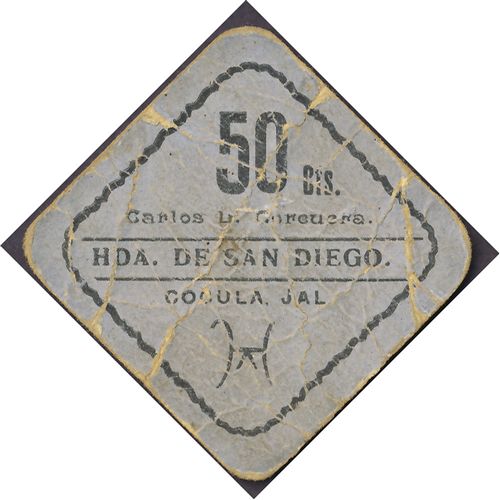 M2453 50c Hacienda de San Diego
M2453 50c Hacienda de San Diego

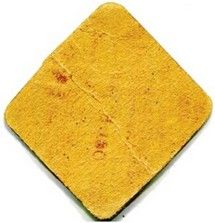 M2454 $1 Hacienda de San Diego
M2454 $1 Hacienda de San Diego
Hacienda de la Sauceda
These notes entitled Santa Clara de la Sauceda, catalogued as from San Martín, come from the Hacienda de la Sauceda.
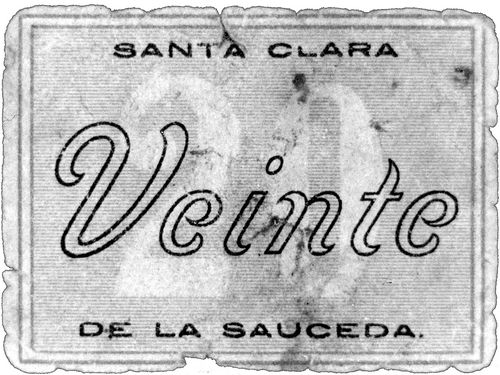 M2639 20c Hacienda de la Sauceda
M2639 20c Hacienda de la Sauceda
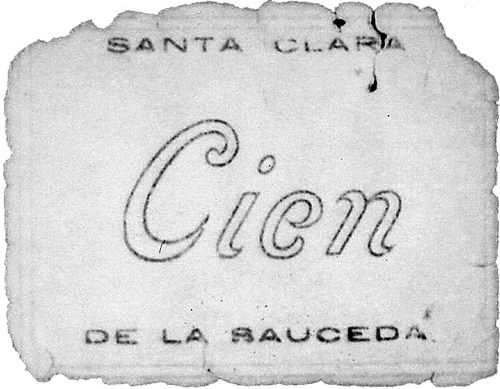 M2640 $1 Hacienda de la Sauceda
M2640 $1 Hacienda de la Sauceda
La Sauceda, dating from 1615, was one of the most prosperous haciendas in the region. In 1905 it belonged to the Palomar family and was administered by Juan Villaseñor.
